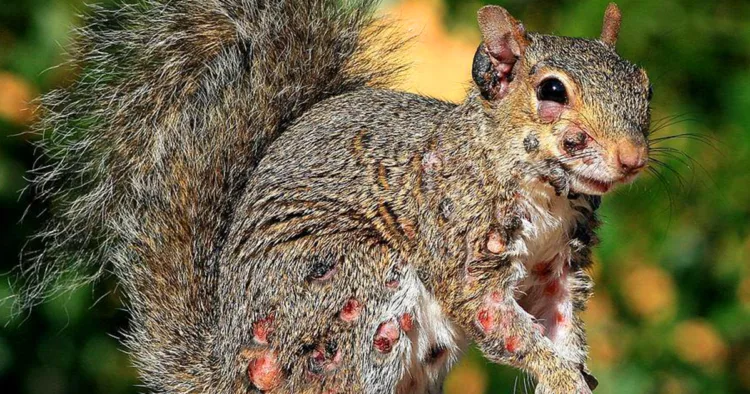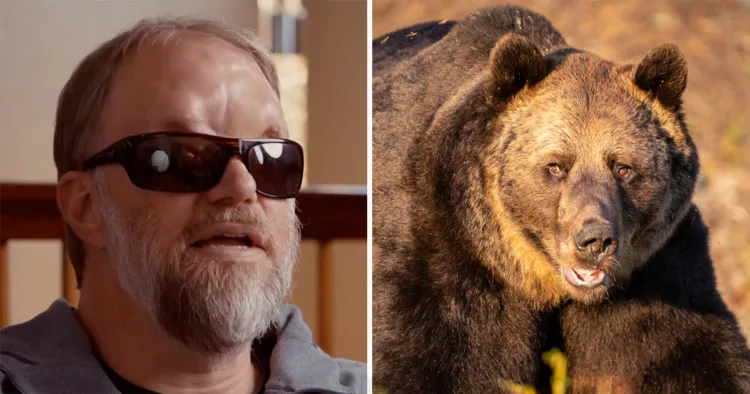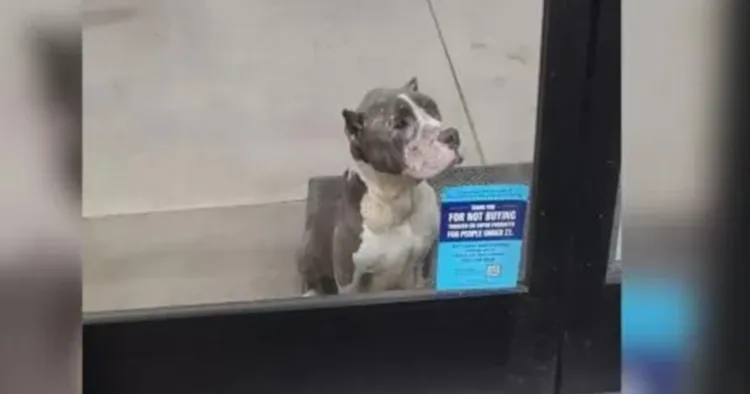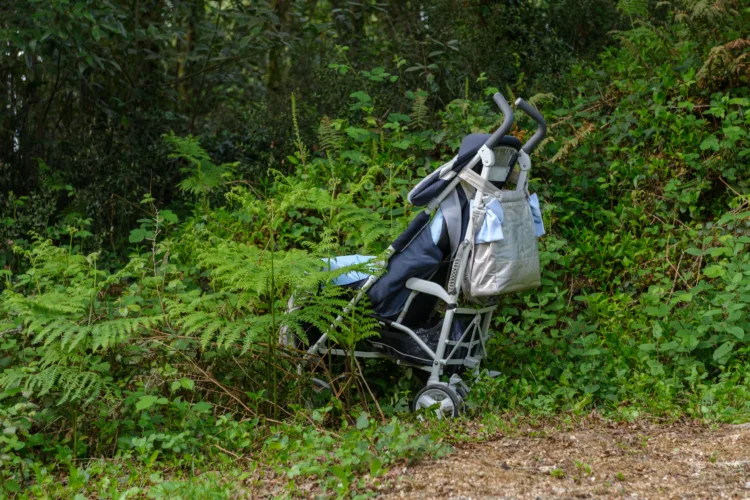Following previous concerns over ‘zombie rabbits’ afflicted with unsettling growths, a new specter is now upon us. Americans are being cautioned to maintain safe distances as alarming encounters with squirrels exhibiting oozy lesions, wart-like protuberances, and distorted faces become increasingly common nationwide.
Unsettling Bumps
Squirrels, the captivating miniature gymnasts of our gardens, with their furry tails swaying as they flit from one tree to another, usually evoke delight. However, numerous photos and videos recently shared on Reddit and Facebook paint a terrifying picture, showing squirrels marred by horrific clumps engulfing their bodies.
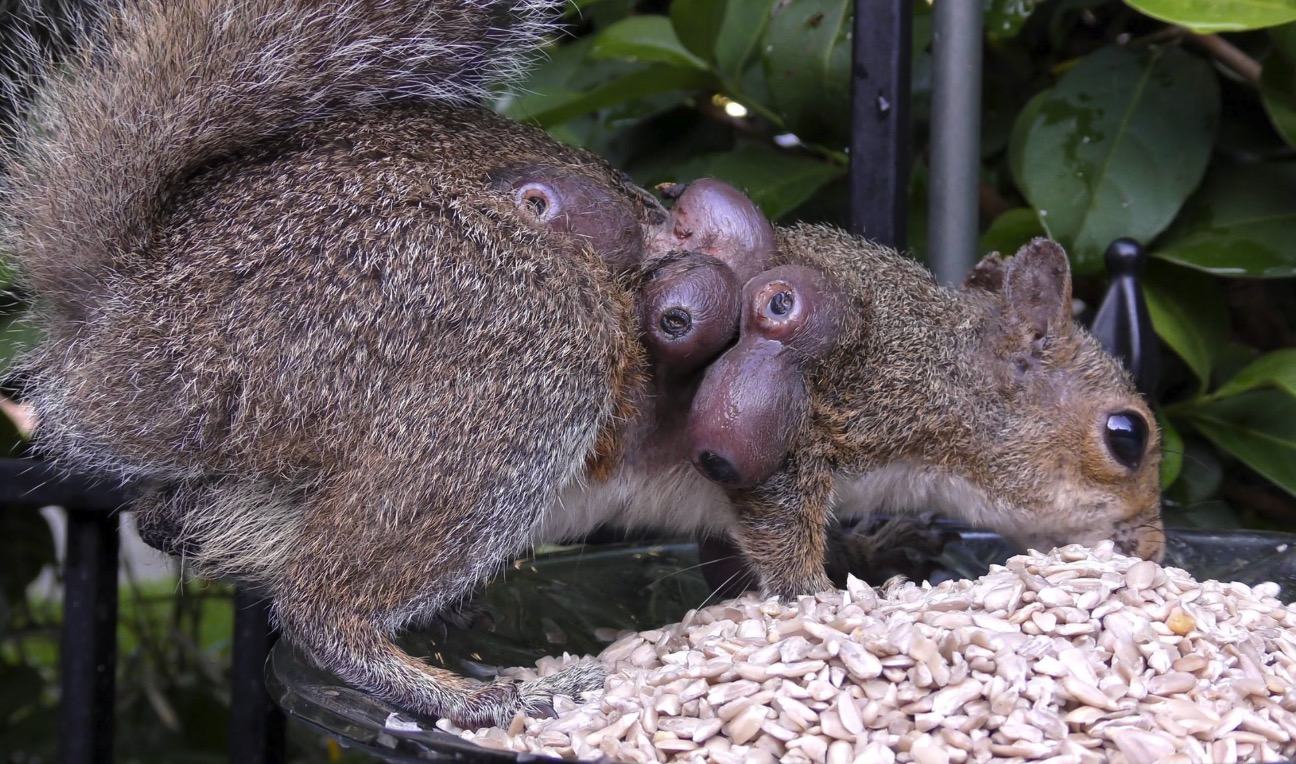
A concerned Reddit user posted an alarming photo of a squirrel in late July. Initially, they thought the creature “had been eating something,” but upon closer observation, they notably recognized that the mass was “on its face.” They questioned, “Any ideas what is happening with this little guy?”
Regrettably, the troubling answer is a naturally occurring malady dubbed squirrel pox or squirrel fibromatosis, and experts posit that it’s more pervasive than the general public perceives.
Disease Acknowledgement and Call for Cautiousness
In 2023, Maine residents reported sightings of squirrels with seeping wounds and scaly protuberances.
Shevenell Webb, a wildlife biologist from the Maine Department of Inland Fisheries and Wildlife, calmed locals, asserting that the ailment would eventually “run its course.” Simultaneously, however, she vehemently warned against getting too close or trying to capture infected squirrels.
“It’s like when you have a large congregation of people. If someone is sick with a highly contagious disease, it’s inevitable that others will contract it,” Webb elaborated, comparing the spread of the disease amongst squirrels, which often gather at feeders and come into contact with each other’s saliva.
Despite the horrifying appearance of the growths, most infected squirrels survive—unless the fibromas obstruct their ability to eat or see or invade vital organs.
Webb explained, “There’s no real cause for alarm. Most squirrels with squirrel pox are just somewhat abhorrent to look at.”
Internet Outbreak: The “Zombie Squirrels” Epidemic
From Maine to Virginia, these reports persist.
At Evelyn’s Wildlife Refuge, staff have also noticed squirrels with “unusual skin lumps,” sometimes attributed to another malefactor entirely—a botfly parasite that burrows under the skin.
Their warning was unequivocal: “Extraction of bots should only be attempted by skilled rehabbers or vets.”
Social media users have been quick to label these animals “zombie squirrels,” with one overwhelmed Twitter user lashing out: “Zombie squirrels? Seriously? FFS!”
Another startled user posted a picture of a gray squirrel whose face was engulfed by growths, pondering, “Can gray squirrels survive squirrel pox? A few with early symptoms are present in my backyard.”
Yet, amidst the horror, some managed to inject a dose of humor. The caption one Redditor chose for their picture read: ”Squirrel Pox, ladies and gentlemen. Thankfully, it’s only for squirrels.”
Is It a Threat for Pet Owners?
Luckily, experts stress that the virus is species-specific. According to the North Carolina Wildlife Resources Commission, the disease poses no threat to human beings, cats, or dogs. In rare instances, domestic rabbits can contract the virus, but such occurrences are unusual.
The Wisconsin Department of Natural Resources clarified that transmission among squirrels often takes place through mosquito bites, defining the illness as characterized by “varying sizes and numbers of wart-like growths or fibromas on the skin of squirrels.”
A Flicker of Survival Hope
Although the visuals might make bleak impressions, the future isn’t entirely dim for these tiny creatures. In reality, many can and do recover once the virus has run its course.
An animal lover shared a hopeful narrative, posting a video of a once-infected squirrel gamboling through a yard:
“This squirrel managed to conquer the severest squirrel pox case I’ve come across and is on its way to recovery. There are some ugly scars, but most functions seem to have returned, and it’s starting to socialize a little as well!”
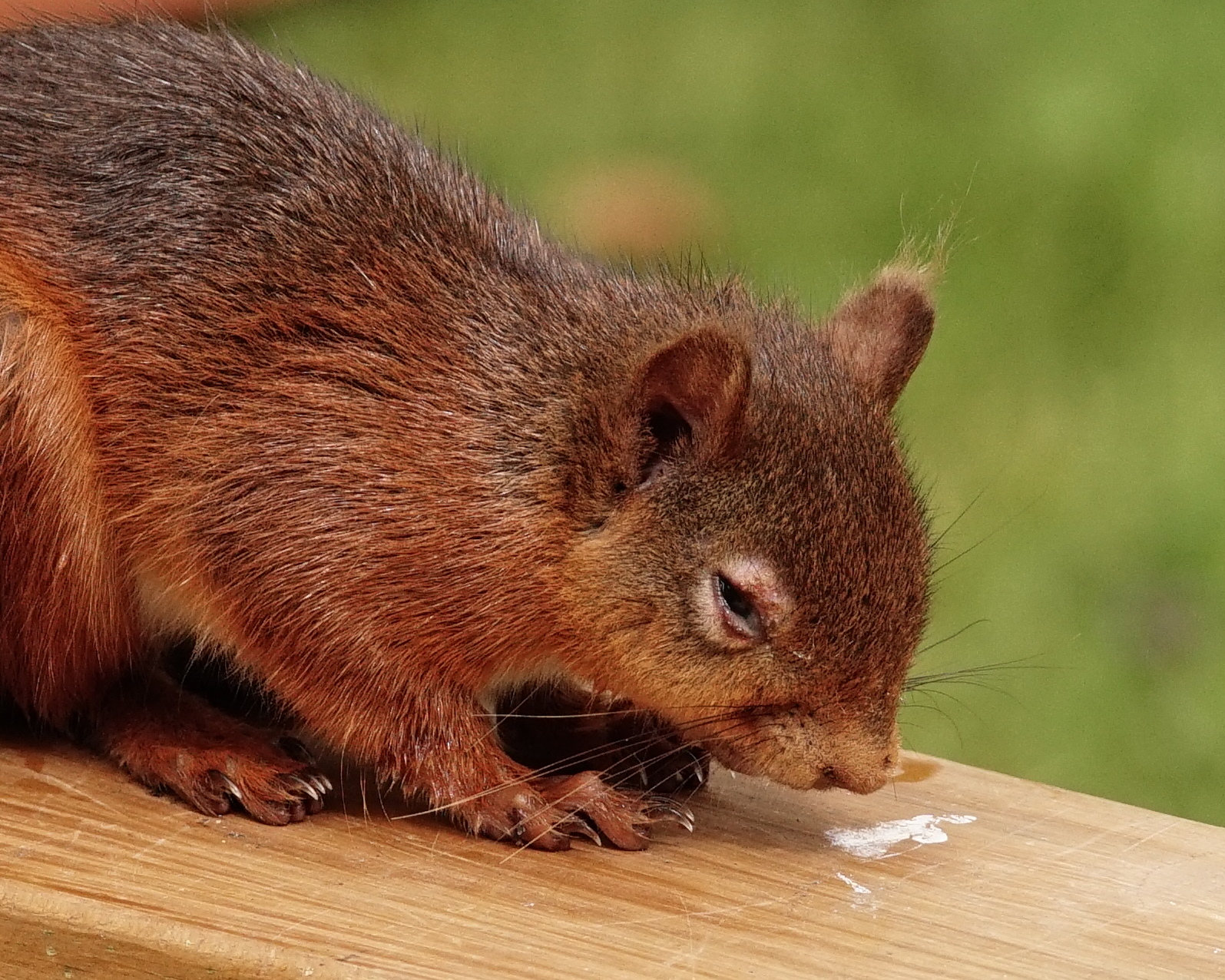
So, while the sight of “zombie squirrels” might be unnerving if encountered in your backyard, experts advise us to keep our distance, not interfere, and crucially—remove feeders if an outbreak is noticed.
